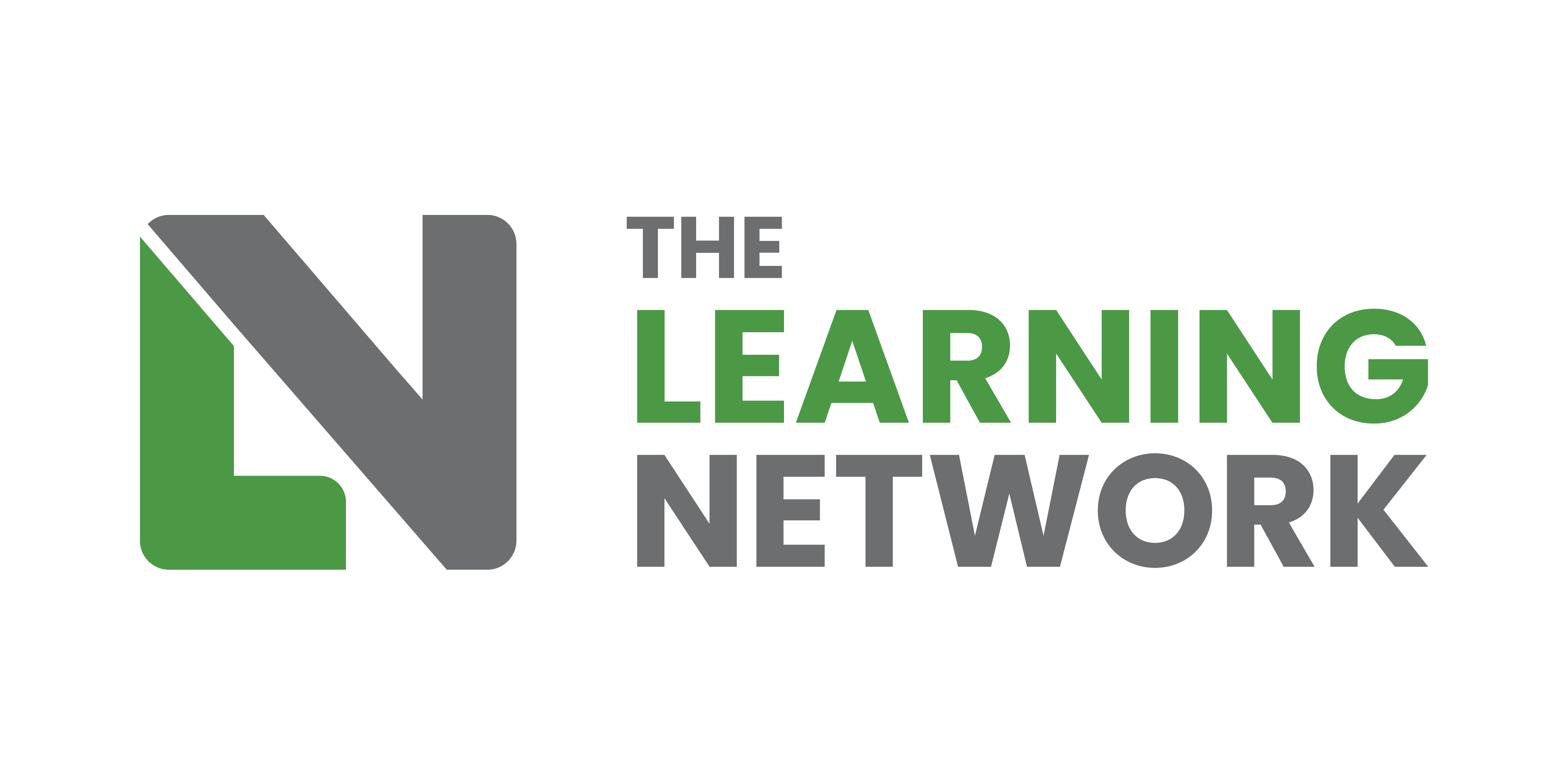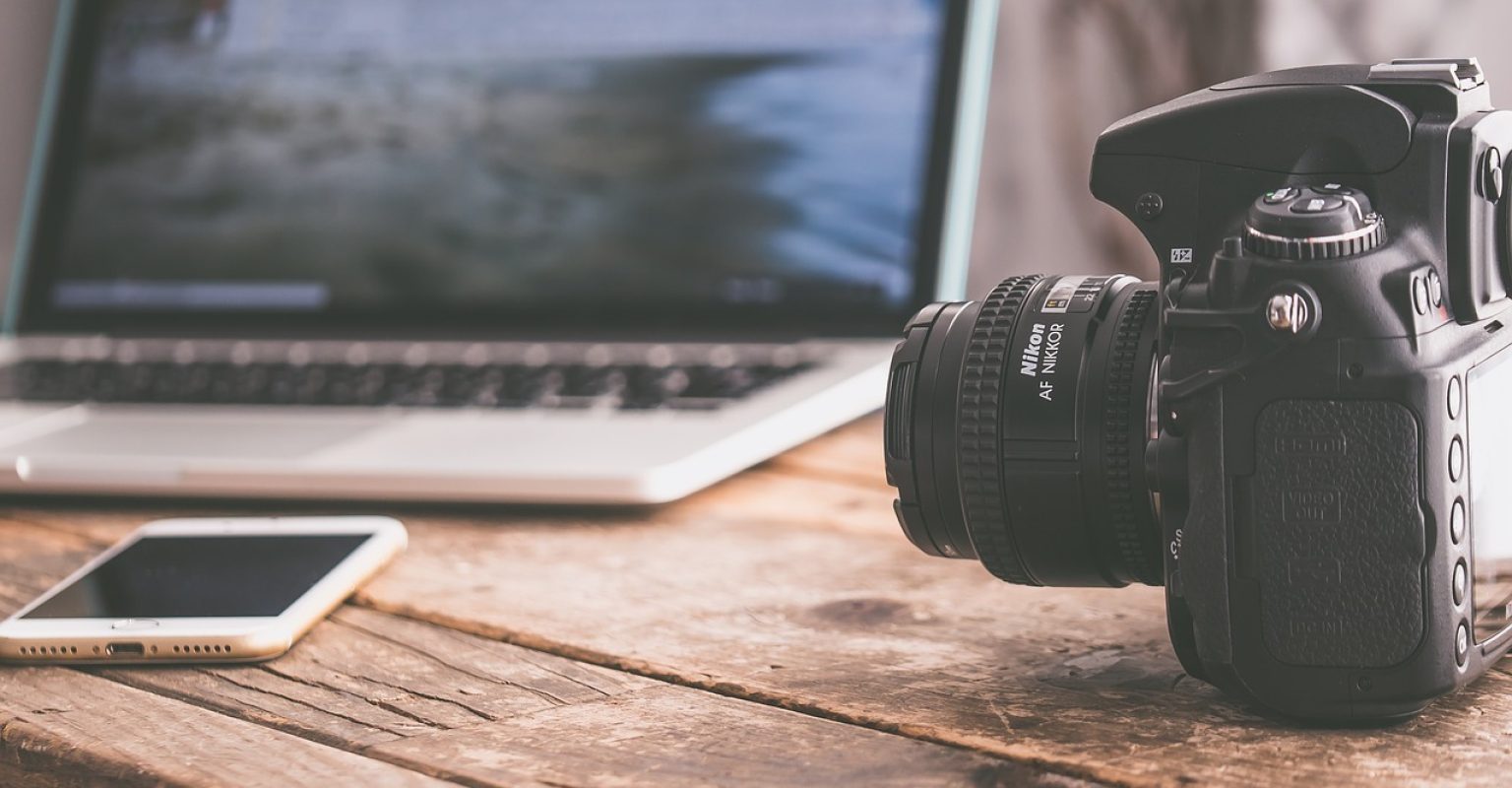Images are among the most powerful tools we have at our disposal when creating digital learning content. In the case of photographic images, they can elicit strong emotions – a treasured photograph for example might make us laugh or cry. Other images can repulse us, make us laugh hysterically or ignite our curiosity (was that dress black and blue or white and gold in the end?).
If we can make someone feel something, we’ve got their attention. That’s just one of the reasons that photographic images can be particularly powerful in learning content. The trouble is, it’s not always easy to find the image that’s just right for your content.
Stock image sites are our usual go to for photographic images. One of the issues with that is that they’re notoriously cheesy at best, or just plain bizarre at worst (try Googling “weird stock photos” – you won’t be disappointed). More often than not there’s also a cost involved to access these weird and wonderful collections. If like me you work for a non-profit organisation, then a subscription to a stock image site isn’t high on the list of priorities when it comes to allocating budget.
And so, we turn to free stock image sites. Ever growing collections of media from generous contributors who make their photography available without licence or with minimum restrictions. You are superheroes and we love you.
But of course, the collections are smaller. The catalogues more limited. There just isn’t as much to choose from, and that translates into a lack of diversity in those images.
Representation matters. Not seeing yourself represented in learning content, or any other media, has a negative impact on self-worth and self-esteem. Conversely, representation across a variety of groups offers validation and a feeling of personal connection for those who might otherwise feel marginalised. Our content should reflect our audience, and they’re not all white, able-bodied men.
That said, representation must be done thoughtfully. It’s not enough just to include images of people of colour or people with visible disabilities without considering how they’re represented.
For example, if the only pictures we use of people using wheelchairs includes a carer pushing the wheelchair, we’re in danger of reinforcing the medical model of disability. The idea that a person’s impairment or difference is what makes them disabled, rather than the barriers that society puts in their way to prevent them from fully participating in society. While some individuals do need support with getting around, if those are the only examples we see, or at least the overwhelming majority, we reinforce negative stereotypes of people with disabilities being dependent on others who are able-bodied.
And let’s say you find a free image site that has plenty of pictures of people using wheelchairs. Some of them even show those people living independently, taking part in fulfilling activities without barriers. Jackpot. Except when you look closer, the people in these images seem to have an awful lot in common. Page after page of white men. Hmm. This doesn’t seem very representative at all.
Intersectionality is the concept that different aspects of a person’s identity combine and overlap, so we all have our own unique experiences of discrimination or indeed privilege. So, it isn’t as simple as categorising people as “women,” “black” or “disabled” when considering inclusion. A black woman with a disability will have very different experiences to a white man with a disability for example. Representing people who identify with multiple marginalised groups is a true reflection of our diverse society.
True diversity in stock images is difficult to find, and even more so in free to use collections. So, what are our options?
If possible, consider taking your own photographs to use in learning content. Provided you can find willing subjects who will give their consent for their image to be used, this is a fantastic solution.
If your subjects are people from the organisation who’ll be using the learning content, then you can be sure that your images are pretty representative of your audience. And for learners, seeing images of people who they may recognise in a familiar setting also adds an authenticity to the content and instantly makes it more relatable. Bonus.
But maybe you’re not a photographer. You don’t have a fancy camera and lighting equipment. You don’t know your exposure from your aperture, and you have no idea what good “composition” is. That’s OK. Your smartphone camera is fine. The lighting is fine. However, you decide to set up the scene, that’s fine as well. You know those cheesy stock photographs we talked about? Your photographs aren’t cheesy. They’re real and they’re authentic. Your audience will forgive a photo that’s a tiny bit too bright or at a slightly wonky angle.
OK, so finding willing subjects for photoshoots isn’t always possible. I hear you. If you do need to source stock images, here are some of the best sites for diverse photography. Some come at a cost, some are free. All of them are doing incredible work to build libraries of truly diverse photography.
Diversity Photos
A huge collection of inclusive photography. Subscription-based or pay-per-image.
https://www.diversityphotos.com/
The Noun Project
A collection of diverse photography and icons. Available under Creative Commons and pay-by-image for larger resolutions.
https://thenounproject.com/
The Gender Spectrum Collection
A stock photo library featuring images of trans and non-binary models. Free under Creative Commons licence.
https://genderphotos.vice.com/
CreateHER Stock
A collection of stock images featuring women of colour. Subscription-based with a “freebie” collection available for non-commercial use.
https://createherstock.com/
Nappy
A large stock photo library featuring people of colour. All images are free under a Creative Commons Zero licence.
https://nappy.co/
PICNOI
A collection of stock photography featuring people of colour. Available under Creative Commons licence.
https://picnoi.com/
UKBlackTech
A collection of stock photographs featuring black people working in the tech industry. All images are available under a Creative Commons 2.0 licence.
https://ukblacktech.com/stock-photos/
Disability Images
A library of positive lifestyle photos featuring people with a disability. Pay-per-image, but with a lower cost “Budget Royalty Free” search filter.
https://www.disabilityimages.com/
Disabled and Here Collection
A collection of photographic and illustrated images of people of colour with disabilities. All images are free to use under a Creative Commons Attribution licence.
https://affecttheverb.com/collection/



